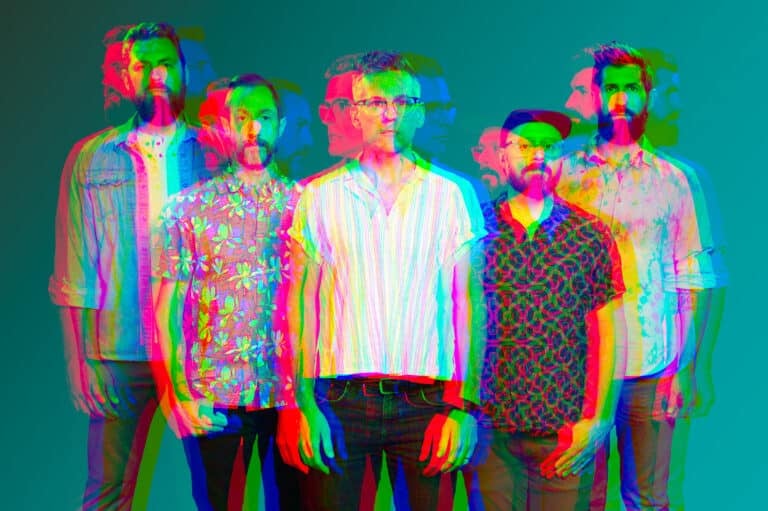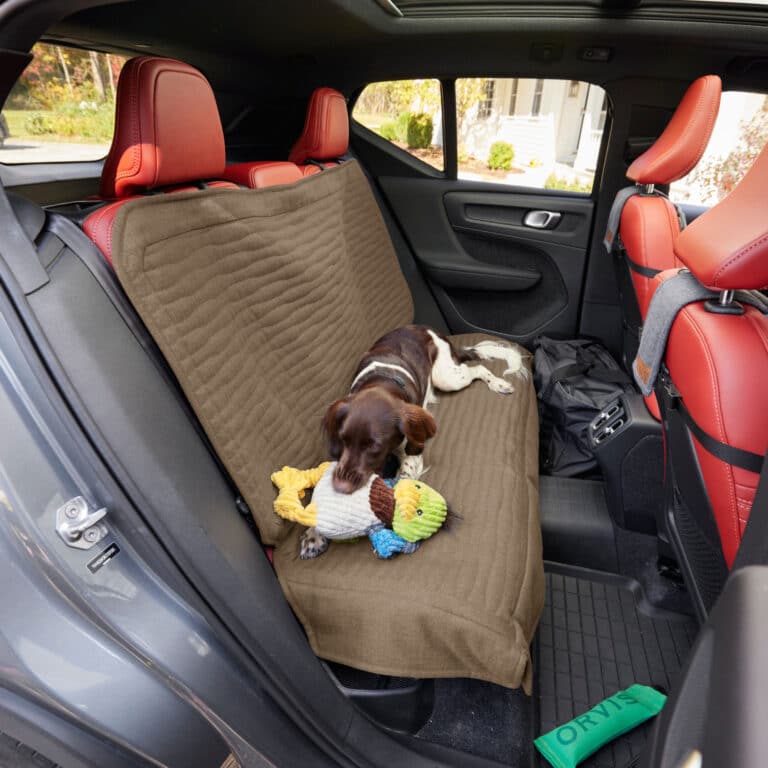By Graham Averill
Ten of the 15 slots on the U.S. National Whitewater Slalom Team were filled by Southern boaters at the Olympic Team Trials. Chris Hipgrave, the U.S. Canoe and Kayak Olympic director, talked about the power of Southern paddlers and what our Olympic Whitewater Slalom Team can expect from the 2008 Olympics in Beijing.
BRO: The majority of the U.S. National Team is made up of Southeastern boaters. Is that unusual?
Hipgrave: Pretty much all of the athletes on the U.S. National Team are from the South. We’ve centralized our team training in Charlotte, so the majority of our athletes now live in either Charlotte or D.C., which is another hotbed for slalom kayaking.
BRO: The Olympic Team Trials determined the members of the U.S. National Slalom Team. What’s the next step in determining the Olympic Team?
Hipgrave: It’s a points system, and the upcoming World Cups will help determine the athletes that make the Olympic Team. It’s a tight race for all the disciplines. For example, in men’s kayak, Scott Parsons has an eight-point lead over Brett Heyl, [even though Heyl won the Olympic Team Trials], but anything can happen between those two over the next few months.
BRO: Has the Charlotte Whitewater Center helped U.S. boaters compete internationally?
Hipgrave: All of the major world competitions have been held in artificial courses, and up until a few years ago, we didn’t have an artificial course in the U.S. It’s a completely different kind of paddling, and different edging skills need to be learned. Already, our athletes are paddling better on artificial courses.
BRO: All major competitions are on artificial courses?
Hipgrave: Yeah. And that trend is only going to continue for the Olympics. You can put an artificial slalom course anywhere. If you want to hold the Olympics in Dubai, you can with these courses. London’s building a new one for the 2012 games. What’s amazing is how expensive they’re getting. The whitewater course for the Australian Olympics cost $5 million. Charlotte’s course cost around $30 million.
BRO: What’s the Beijing course like?
Hipgrave: Beijing’s whitewater is off the charts. It’s spectacular. It has a smaller footprint than Charlotte, with only one channel, but it’s continuous whitewater. It’s like someone is throwing a bucket of water in your face the whole time. It’s the biggest, baddest whitewater course. It wasn’t built for commercial use. It was built to look really good on T.V.
BRO: How is the U.S. team looking for the Olympics?
Hipgrave: We’ve got several mature athletes on our team this year who have realistic shots at medals during the Olympics. We’re extremely optimistic about our chances of bringing home a medal.
——————–
Here are the Southern boaters representing our country on the U.S. National Team and fighting for the few spots available on the Olympic Team.
Olympic Team Trials Results • April 26-28, 2008 • U.S. National Whitewater Center
K1 (One-person kayak)
Men
1. Brett Heyl (Charlotte)
2. Scott Parsons (D.C. area)
3. Scott Mann (Mt. Holly, NC)
Women
1. Zuzana Vanha (Charlotte)
3. Caroline Queen (D.C.)
———-
C1 (One-person canoe)
1. Jeff Larimer (Atlanta)
2. Benn Fraker (Atlanta)
3. Tad Dennis (Charlotte)
———-
C2 (Tandem canoe)
1. Scott McCleskey (Sylva, NC) and Austin Crane (Charlotte)







